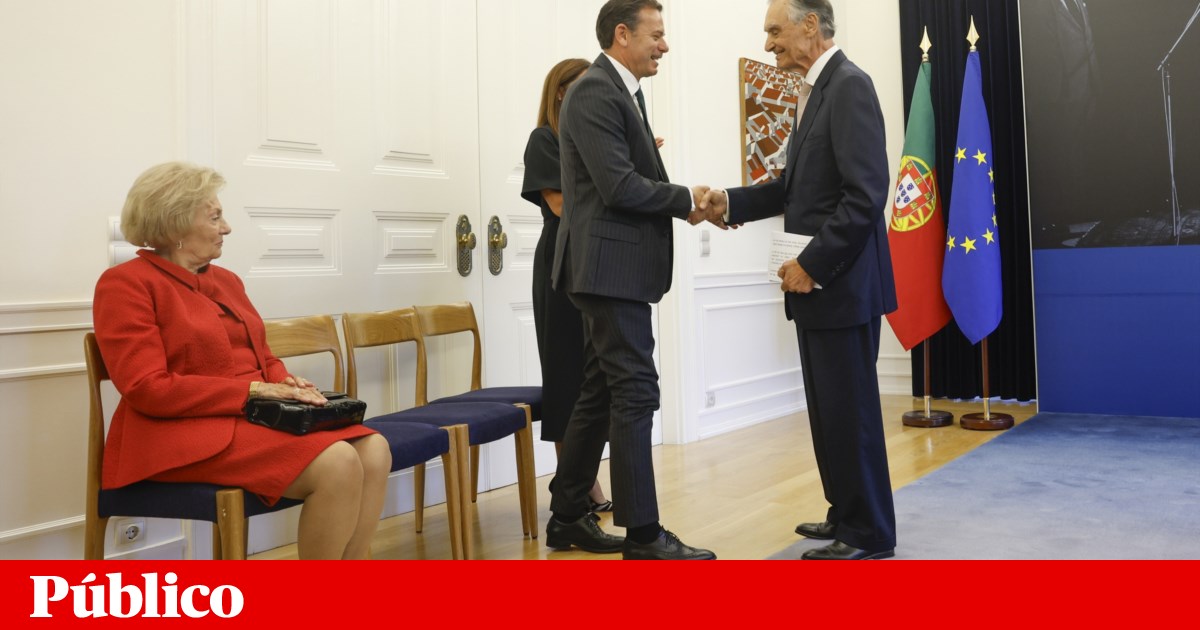Enhancing Pedestrian Accessibility in Lisbon
The Division of Pedestrian Accessibility Planning in Lisbon, composed of 13 members including architects, engineers, and a geographer, is dedicated to improving mobility and accessibility in the city's streets. Their initiatives include pilot projects aimed at enhancing safety and comfort for pedestrians, particularly focusing on individuals with visual impairments and reduced mobility.
In 2014, the division successfully had the Pedestrian Accessibility Plan of Lisbon unanimously approved by the Municipal Assembly, which serves as a comprehensive guide for promoting accessibility. Following a period of diminished focus, the team has regained momentum in 2023 under the leadership of Pedro Nave, who is spearheading an update of the plan.
Concrete Steps Towards Better Mobility
Thanks to the efforts of this team, Lisbon has established clear guidelines for sidewalks and crosswalks. Recent improvements include the elimination of steps at transitions between sidewalks and roads, alongside tactile pavement to assist visually impaired pedestrians. The division's guidelines now integrate both the Pedestrian Accessibility Plan and the Public Space Manual of the municipality.
Pedro Nave emphasizes the division's ambitious mission: to ensure that all individuals can access the city and transform streets into spaces for enjoyment rather than just transit. This article coincides with the Walk21 conference, the largest international pedestrian mobility event, highlighting the ongoing challenges in achieving full accessibility in Lisbon.
Community Engagement and Inclusivity
The division actively engages with various pedestrian groups to understand their challenges. This includes addressing the needs of individuals with specific requirements, such as those with low stature or disabilities like cerebral palsy and autism. The plan is currently undergoing an update to reflect the changing needs of the community and the results of past initiatives.
Ongoing Improvements and Challenges
While the division has made significant strides in pedestrian mobility, challenges remain. The municipality is focused on reducing vehicle speeds to enhance road safety and pedestrian accessibility. The division recognizes that the infrastructure must provide adequate conditions for pedestrians, including shade, seating, and sanitation facilities.
Data-Driven Decisions
A crucial aspect of enhancing pedestrian mobility is the collection of data on pedestrian behavior and needs. The division is piloting projects utilizing artificial intelligence and sensor technology to gather insights that will inform future decisions.
The Future of Pedestrian Mobility in Lisbon
As Lisbon prepares to host the Walk21 conference, the division aims to leverage the knowledge gained from this event to improve practices in urban planning. The collaboration with other municipalities is vital for sharing best practices, particularly in tactile signage for visually impaired individuals.

Photo: Líbia Florentino











Comments
Join Our Community
Sign up to share your thoughts, engage with others, and become part of our growing community.
No comments yet
Be the first to share your thoughts and start the conversation!